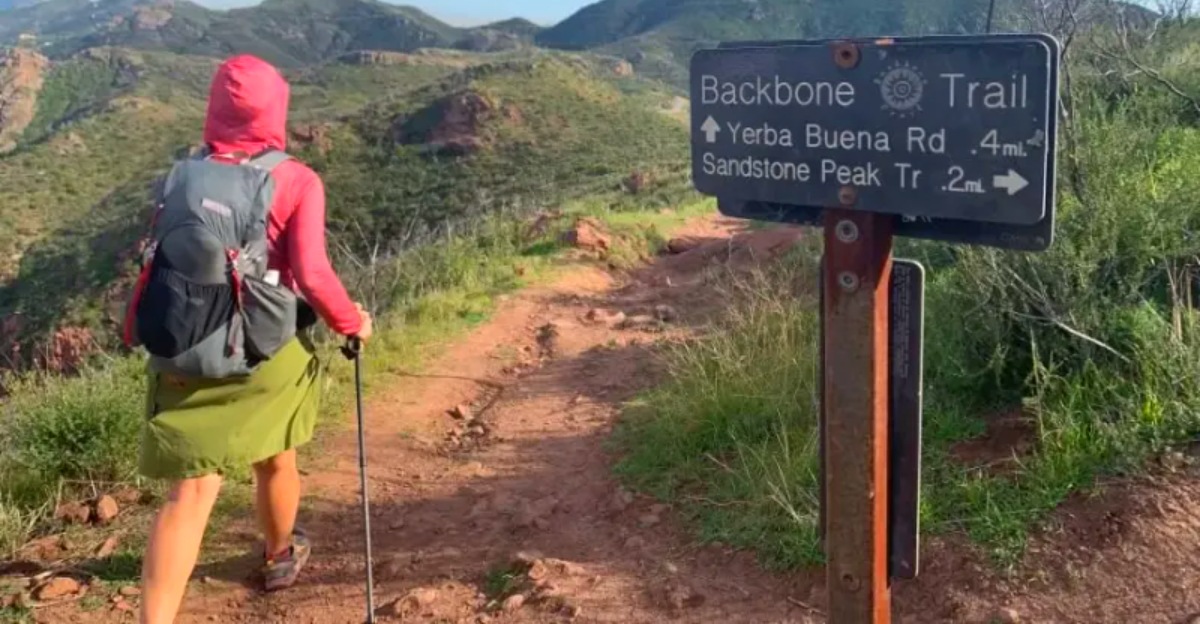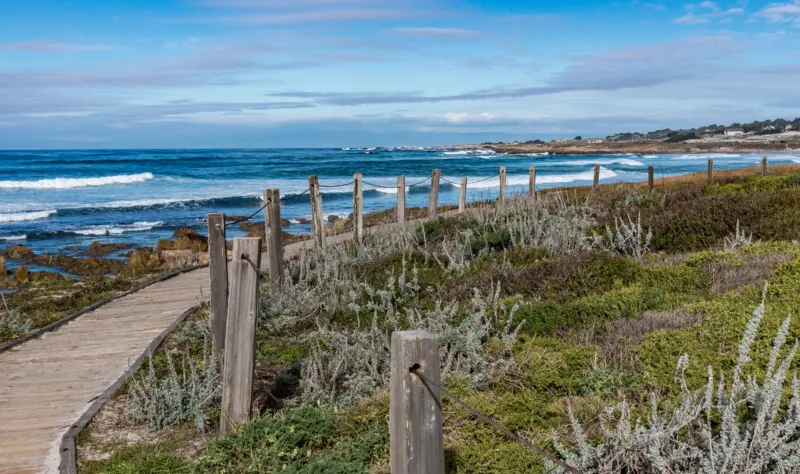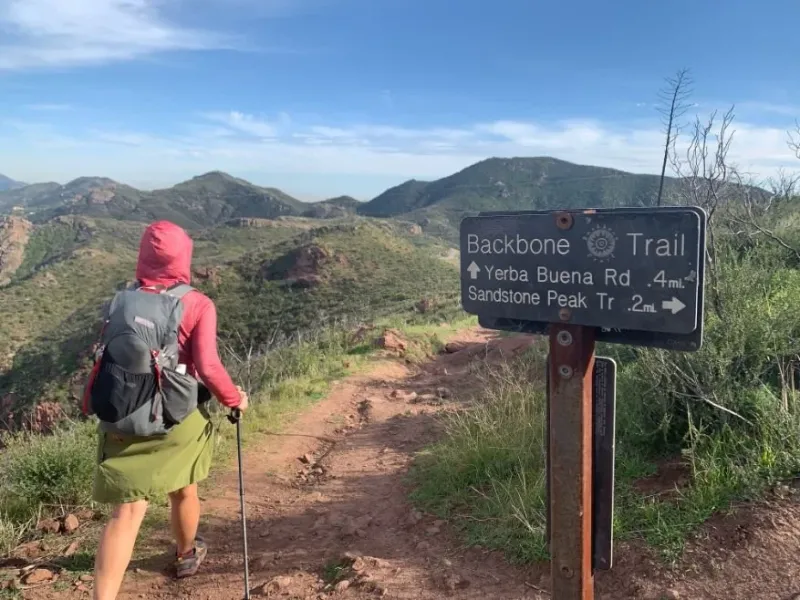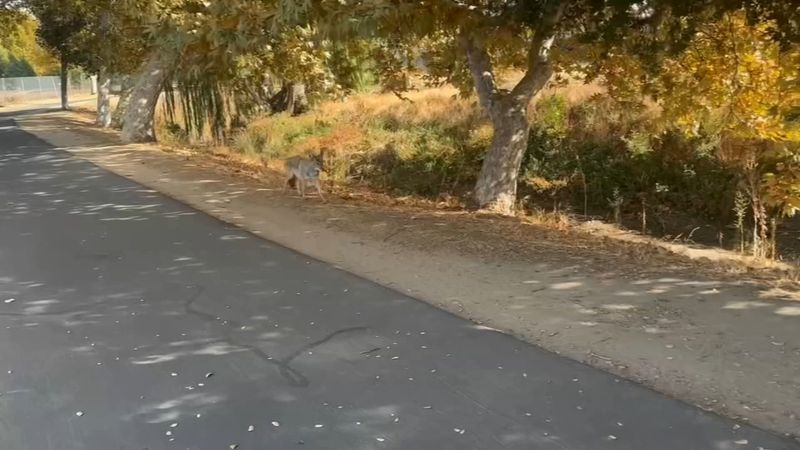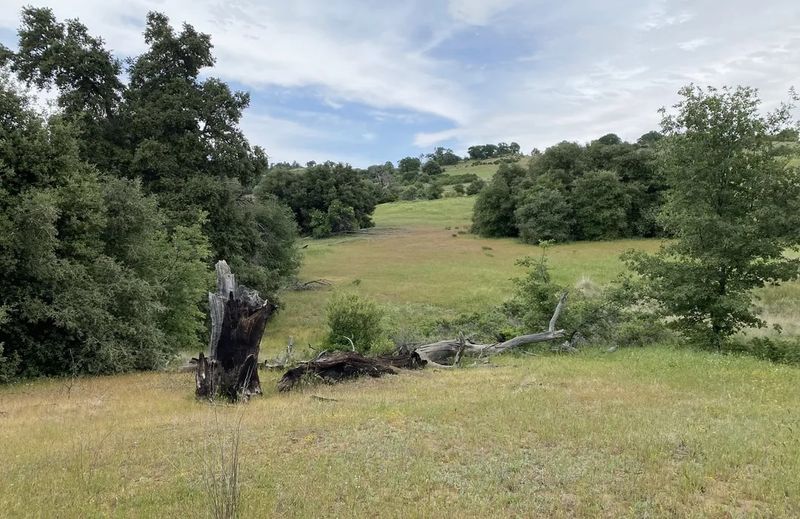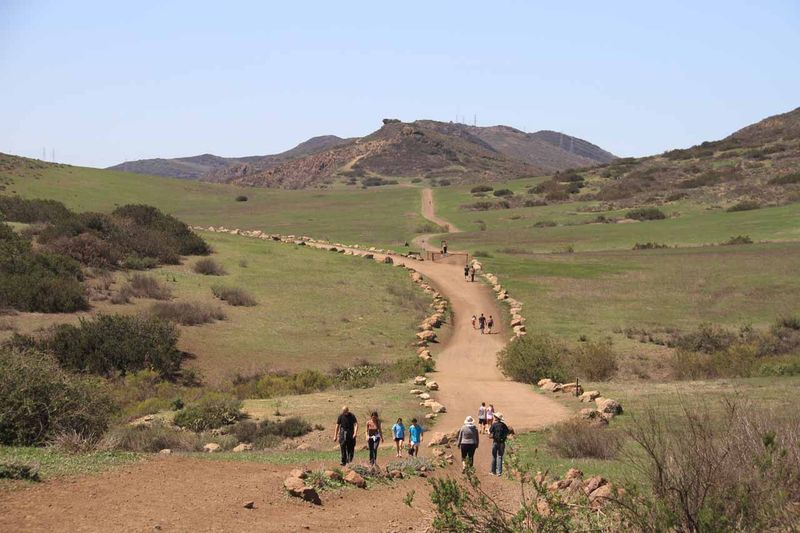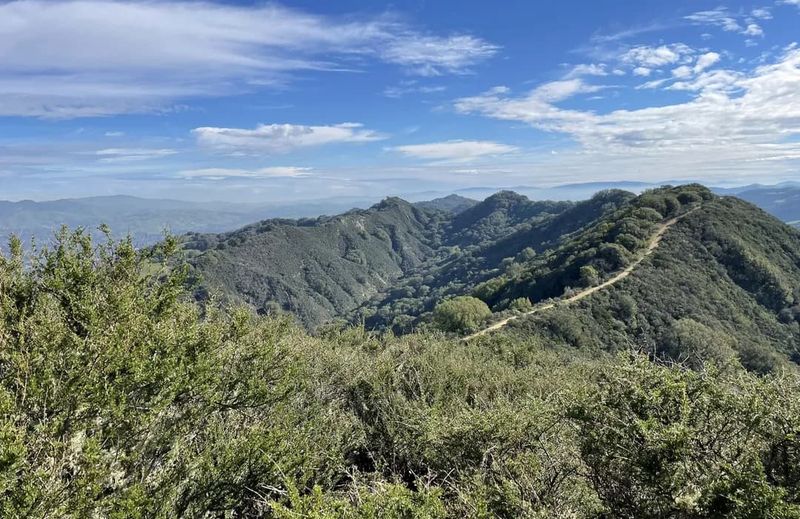California’s wild landscapes create perfect homes for coyotes, making them common neighbors on many hiking trails. These clever animals have adapted well to living near humans and often cross paths with hikers. Spotting a coyote can be exciting, but knowing where they’re frequently seen helps you stay prepared and safe during your outdoor adventures.
1. Asilomar Trail – Pebble Beach
Coastal winds carry the scent of adventure along this stunning boardwalk trail where coyotes roam freely through sand dunes. California State Parks recently warned visitors after a woman reported being followed by a curious coyote in 2025.
The scenic path winds through protected dunes and coastal scrub, creating ideal hunting grounds for these adaptable predators. Morning hikers often spot coyote tracks in the sand before the day’s foot traffic erases them.
Pack extra awareness when exploring this Monterey County gem, especially during early dawn hours when coyotes feel most confident.
2. Backbone Trail – Santa Monica Mountains
Stretching 67 miles across rugged mountain terrain, this National Park Service trail officially lists coyotes in its species inventory. The varied landscape provides everything these intelligent hunters need – water sources, prey, and plenty of hiding spots.
Backpackers often hear haunting coyote songs echoing through canyons at sunset. The trail’s remote sections offer some of Southern California’s best wildlife viewing opportunities away from crowded city parks.
Los Angeles and Ventura County hikers consider coyote sightings a highlight rather than a concern on this iconic wilderness pathway.
3. Dry Creek Trail – Clovis
ABC30 cameras captured what many local hikers already knew – wild coyotes call this suburban trail system home. The popular path weaves through open fields and grasslands that attract small prey animals, making it a natural coyote cafeteria.
Families love this accessible trail, but smart parents keep children close during twilight hours. The wide, flat terrain offers little cover, so coyote encounters happen in plain sight rather than surprise meetings.
Fresno County’s urban-wildland interface creates perfect conditions for wildlife viewing, making this trail both exciting and educational for nature lovers.
4. Cuyamaca Rancho State Park – San Diego County
Over 100 miles of trails snake through oak woodlands and mountain meadows where coyotes rank among the park’s most documented mammals. Rangers regularly update wildlife logs with fresh coyote sightings from hikers and campers.
The diverse ecosystem supports healthy prey populations, attracting family groups of coyotes year-round. Photographers prize this location for capturing natural wildlife behavior in pristine mountain settings.
Park naturalists recommend dawn and dusk hikes for the best chances of spotting these elusive creatures moving through their natural habitat.
5. Wildwood Regional Park – Thousand Oaks
Paradise Falls attracts more than just Instagram photographers – local hikers consistently report coyote families drinking from the creek below the waterfall. The park’s official wildlife inventory proudly includes these adaptable predators among resident species.
Mesa Trail offers elevated viewpoints perfect for scanning the canyon below for wildlife movement. Patient observers often spot coyotes hunting in the grasslands during cooler morning hours.
Ventura County families treat coyote education as part of their hiking experience, teaching children proper wildlife etiquette while exploring these beautiful trails.
6. Las Trampas Regional Wilderness – Contra Costa County
East Bay Regional Park District naturalists list coyotes among the most commonly observed mammals in this rugged wilderness area. Deep canyons and oak scrub habitat provide perfect cover for these secretive hunters.
The challenging terrain rewards persistent hikers with excellent wildlife viewing opportunities from ridge-top vantage points. Binoculars help spot coyote movement across distant hillsides without disturbing their natural behavior.
Local hiking groups share recent sighting reports, creating an informal network that helps fellow outdoor enthusiasts plan their wildlife watching adventures.
